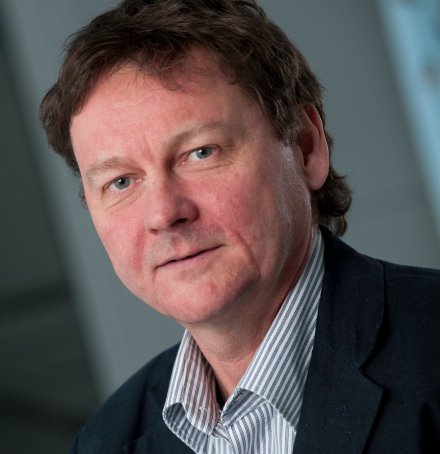WP3: Bottom up concepts
This WP combines modern tools of remote sensing and geophysical exploration (partially developed in Topic 5, IP From measurements to models) with current understanding of soil formation under given site conditions (geology, climate, relief and vegetation) to identify the spatial patterns of functional soil types. They are characterised by the stratification of water capacity and hydraulic conductivity relevant for water dynamics and by their potential for retention and turnover of the target substances.
The obtained spatially resolved data sets from different sources are analysed using statistical tools of pattern recognition towards a consistent representation of spatially distributed soil properties. The innovation of this approach of “Soil Landscape Modelling” (SLAM) comes from the joint application of remote sensing, quantitative pedology (mechanistic modelling of soil formation) and multi-source cluster analysis. The ultimate goal is to generate spatially continuous parameter fields as a prerequisite for physically based modelling of transfer and turnover without detailed field mapping. To get such parameter fields is currently a main bottleneck for numerical models based on partial differential equations (PDEs).
Head

|
Prof. Hans-Jörg Vogel Department of Soil Physics UFZ Halle hans-joerg.vogel@ufz.de |
